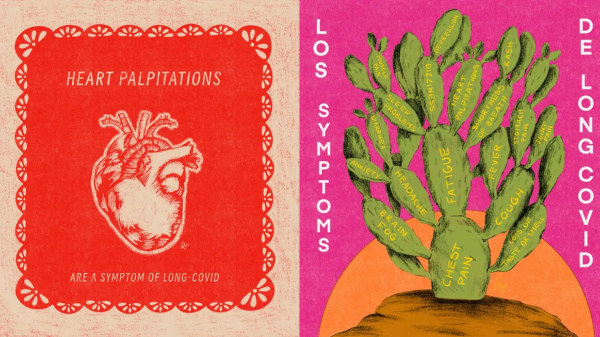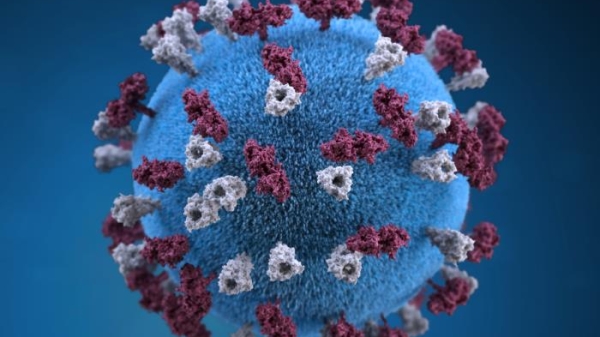ASU and Mayo Clinic researchers developing faster way to diagnose kidney failure

For more than half a century, doctors have been administering two types of tests to identify kidney damage: one that measures levels of creatinine in the body, and one that looks at the rate of urine output. Unlike the heart, brain or lungs, the kidneys do not always give out a clear warning signal that there is a problem, so these tests can only identify kidney failure after it has occurred.
“Doctors are always one step behind in trying to determine the health of a kidney,” said Dr. Leslie Thomas, a nephrologist at Mayo Clinic, Arizona campus, and adjunct faculty for Arizona State University's School for Engineering of Matter, Transport and Energy in the Ira A. Fulton Schools of Engineering.
“Except in extreme or obvious cases, rapid recognition of kidney damage in humans has never been possible. This is an unmet need our team is addressing in order to advance patient care in this area.”
For the last three years, Thomas and a team of ASU and Mayo Clinic researchers have been testing a hypothesis that reimagines how acute kidney injury is diagnosed.
“We’ve come up with an idea that seems to work rapidly, sensitively,” said Thomas, of the preclinical studies.
Sudden kidney failure requires immediate intervention and treatment — and can be fatal — so identifying a problem early is critical to a patient’s recovery and long-term prospects.
Thanks to a recently awarded $900,000 Team Science grant from the Mayo Clinic and Arizona State University Alliance for Health Care, the research team is now taking the next steps in developing a tool designed to give doctors a critical head start, with the potential to reduce the chance of severe, irreversible kidney damage and long-term dialysis dependence for affected patients.
The multidisciplinary team will spend the next three years developing a prototype of the device that they hope may one day be used in clinical practice by doctors.
“Alongside our ability to prove the hypothesis, is this simultaneous and parallel track of technology development. The technology doesn’t exist for what we are trying to do.”
Team Science funding supports strategic collaboration, capitalizing on the clinical and technological strengths of Mayo Clinic researchers and the broad range of expertise at ASU.
In addition to Thomas, the team’s principal investigators include Associate Professor Mary Laura Lind and Associate Professor Erica Forzani, both of the School for Engineering of Matter, Transport and Energy. Co-investigators include Francis Tsow, affiliate faculty, Biodesign Institute’s Center for Bioelectronics and Biosensors; Mitchell Humphreys, MD, professor and chair, Department of Urology, Mayo Clinic; Bhavesh Patel, MD, assistant professor, medicine, anesthesiology, and neurology, Mayo Clinic; and Victor Davila, MD, senior associate consultant, vascular surgery, Mayo Clinic.
Top photo courtesy of Pixabay.com
More Health and medicine

Health communication program brings long COVID awareness to Latinos
After COVID-19 hit the Latino community especially hard, Gilberto Lopez created COVIDLatino, a health communication program designed to share accurate, timely, evidence-based and culturally tailored…

Gates Foundation to fund research on antibiotic resistance
Antibiotic resistance, what happens when germs develop the ability to defeat the drugs designed to kill them, is a growing concern among scientists today. When bacteria become resistant to…

ASU epidemiologist on the rise in US measles cases
The Centers for Disease Control and Prevention issued an alert this month about a rise in measles cases worldwide. And as of March 21, a total of 64 measles cases were reported in 17 states,…